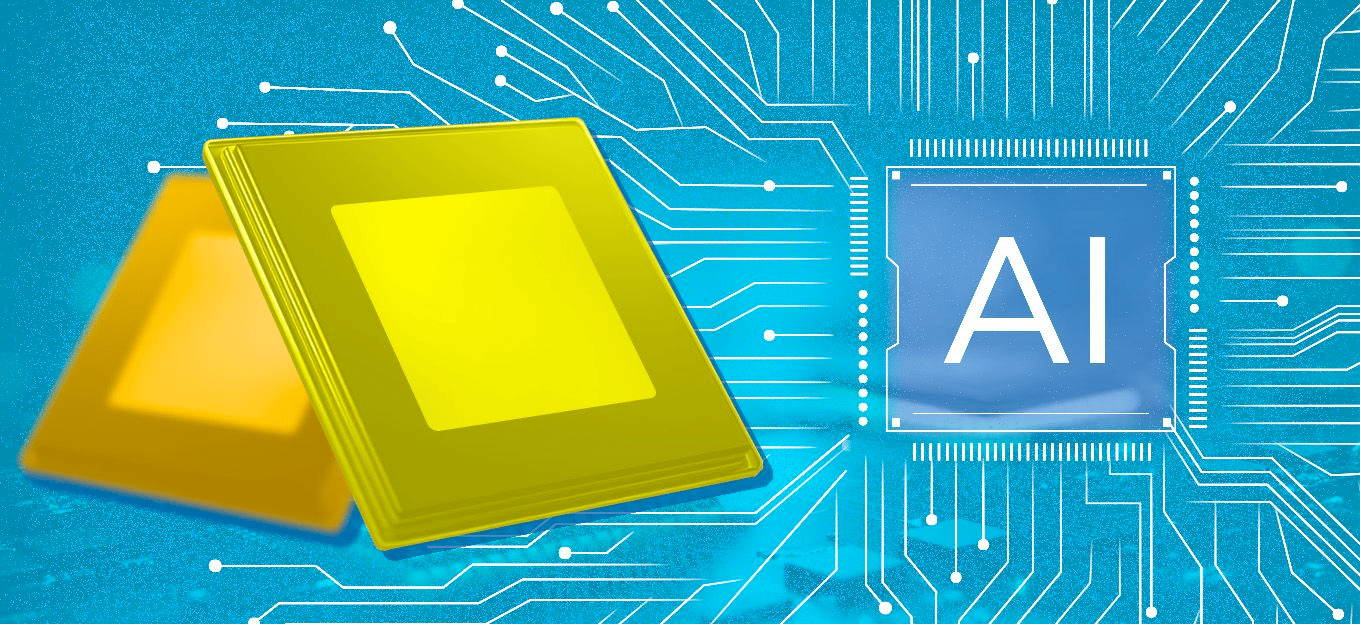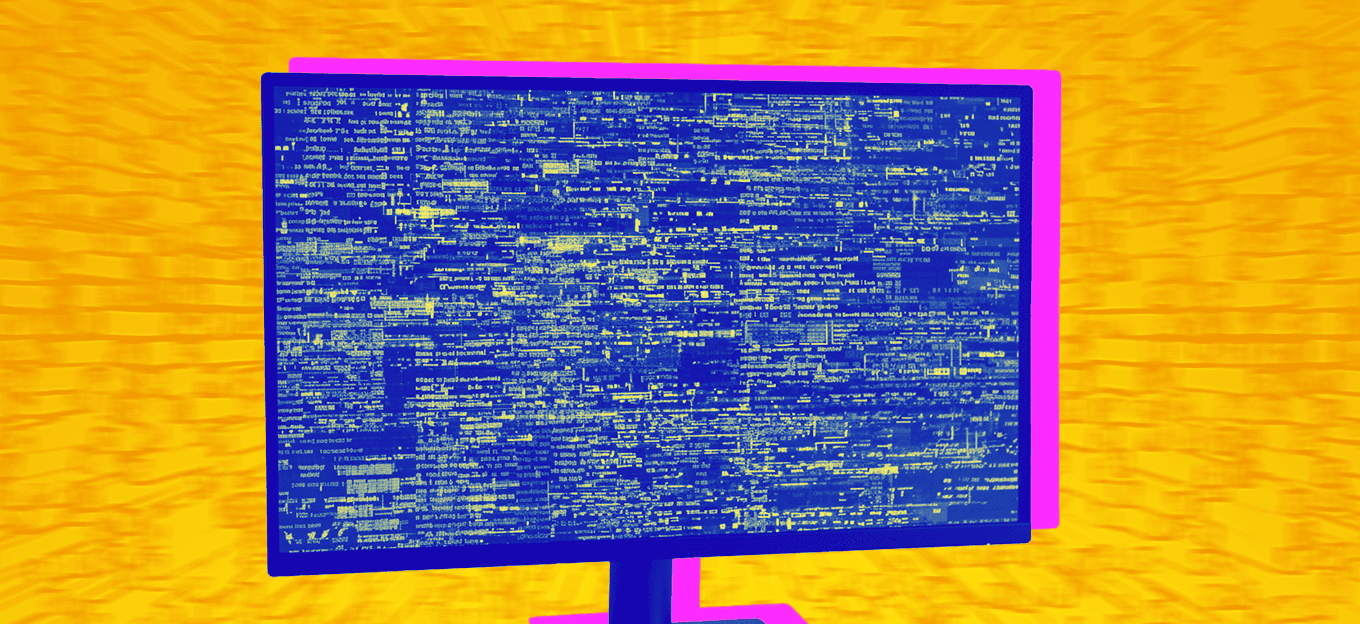- IoT For All
- Posts
- The Enormous IoT Legacy of a $5 Idea
The Enormous IoT Legacy of a $5 Idea
Plus our top IoT stories of the week!
Hello readers!
This week we’re talking about the enduring legacy of the Raspberry Pi Zero on its 10th birthday, the top-rated AI processors for IoT, data obfuscation, and more.
Ten Years of Tiny Power

Ten years ago, the Raspberry Pi Foundation released a fully functional Linux computer for just five dollars. The Raspberry Pi Zero, launched in November 2015, was a deliberate disruption. By collapsing the cost of entry for embedded computing, the Zero created an entirely new baseline for what connected devices could be. It was a statement: that compute power should be cheap, open, and accessible to anyone with an idea.
The first Zero was more proof-of-concept than perfect product. Lacking built-in Wi-Fi or Bluetooth, it depended on adapters and dongles that often cost more than the board itself. But its arrival shifted expectations overnight, ushering countless “maybe, someday” projects into actual production at the cost of a cup of coffee. And for engineers, it hinted at a future where a $5 part could sit quietly inside commercial systems, collecting data and keeping operations running.
That future arrived two years later. The Raspberry Pi Zero W (2017) brought integrated Wi-Fi and Bluetooth Low Energy, transforming the board into a true IoT enabler at a slightly pricier $10 a pop. Suddenly, connected devices could be built for under $15 — complete with Linux, networking, and flexible software stacks like Python or Node-RED. The result was a wave of small, decentralized systems for environmental monitoring, smart home automation, and industrial retrofits. The Zero W became the invisible backbone of thousands of low-cost IoT gateways, bridging legacy equipment to the cloud.
In 2021, the Raspberry Pi Zero 2 W took the next leap. Its quad-core, 64-bit processor delivered a fivefold performance boost while preserving the familiar form factor and 512MB RAM constraint, albeit with another price increase to a still modest $15. That upgrade unlocked edge computing. Suddenly, the Zero wasn’t just collecting and sending data — it was processing it locally. Developers were able to run lightweight machine learning models, containerized workloads, and time-series aggregation directly on the device. For small manufacturers and research teams, it became the “minimum viable edge,” capable of inference, decision-making, and protocol translation — all for the cost of a lunch.
The Zero’s impact is measurable not just in projects, but in economics. During the global chip shortage, its industrial indispensability became undeniable: units that once retailed for $10 or $15 sold for well over over $100 on secondary markets. Manufacturers paid the premium because they couldn’t replace it; their systems had been built around it. The Zero family’s combination of stability, open-source tooling, and mass community support made it a de facto industry standard for low-cost, high-volume IoT deployment. Even today, its compatibility with lightweight Kubernetes distributions like K3s allows enterprises to manage entire fleets of Zero boards as containerized edge clusters.
As the Raspberry Pi Zero turns ten, its influence is everywhere: in model rockets, cyberdecks, in the ocean, in space. But the next decade will demand more: better power efficiency, integrated AI acceleration, and continued openness in a market tilting toward proprietary edge solutions.
The Raspberry Pi Zero made IoT affordable and approachable. And in doing so, it became one of the most quietly transformative pieces of hardware of the last decade. The question now is whether its successors can preserve that same balance of simplicity, community, and capability as the edge becomes smarter, faster, and more autonomous.
📖 Top Articles
The convergence of artificial intelligence (AI) and the Internet of Things (IoT) changes how connected devices operate, think and respond in the real world. As more shifts from the cloud to the edge, selecting top-rated AI processors for IoT applications becomes critical. Professionals must find chips that deliver fast, on-device inference while staying energy-efficient and compact.
In the era of the Industrial Internet of Things (IIoT) and hyper-connected businesses, data stands as the backbone of business transformation. But with soaring data volumes and tightened regulations, protecting sensitive information becomes mission-critical. Enterprises now need a more versatile, adaptive shield for their data. Hence, they are moving towards data obfuscation—the proper method to protect your data from damage. It’s indispensable for OEMs and enterprises because of its right technique. | Customer service seems simple. A customer brings up an issue, and an agent helps them out. However, the rise of the Internet of Things (IoT) has pushed many industries, including customer service, to evolve. With access to accurate, real-time analytics, support teams can now provide proactive, personalized solutions. |
Free email without sacrificing your privacy
Gmail is free, but you pay with your data. Proton Mail is different.
We don’t scan your messages. We don’t sell your behavior. We don’t follow you across the internet.
Proton Mail gives you full-featured, private email without surveillance or creepy profiling. It’s email that respects your time, your attention, and your boundaries.
Email doesn’t have to cost your privacy.
🔥 Rapid Fire
Monogoto receives 2025 IoT Evolution Product of the Year Award
LoRa Alliance updates LoRaWAN regional parameters
POND IoT launches unthrottled fixed wireless internet plans for businesses
HiveMQ announces strategic shift to become leading industrial AI platform
Make Devices Think: embedded data management for real-world of IoT and AI
Private 5G is growing up — what’s driving the global acceleration?
Monogoto brings the power of global IoT to CES 2026
🎙️ The IoT For All Podcast
In the latest episode of the IoT For All Podcast, Jonas Schmid, co-founder and co-CEO of akenza, joins Ryan Chacon to discuss developing and scaling smart building solutions. The conversation covers akenza's evolution, smart building market consolidation, the importance of partnerships, scaling and future-proofing IoT solutions, the impact of low-code platforms, AI assistants in IoT, advice for getting out of the pilot stage, and the next wave of smart buildings.
🗓️ Events & Webinars
 | IoT Tech Expo Global 2026: Real-world IoT insights & top industry speakers.Olympia, London February 4-5, 2026 One of world’s largest IoT and enterprise technology events is back in London this February. The event will host 8,000+ senior tech professionals for two action-packed days of strategic insight, groundbreaking innovation, and powerful networking. |





